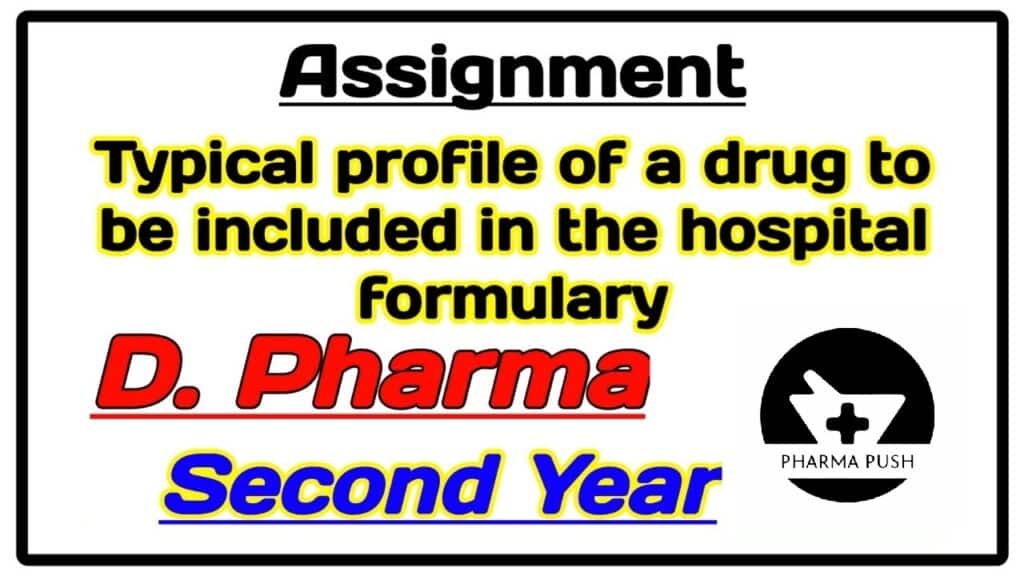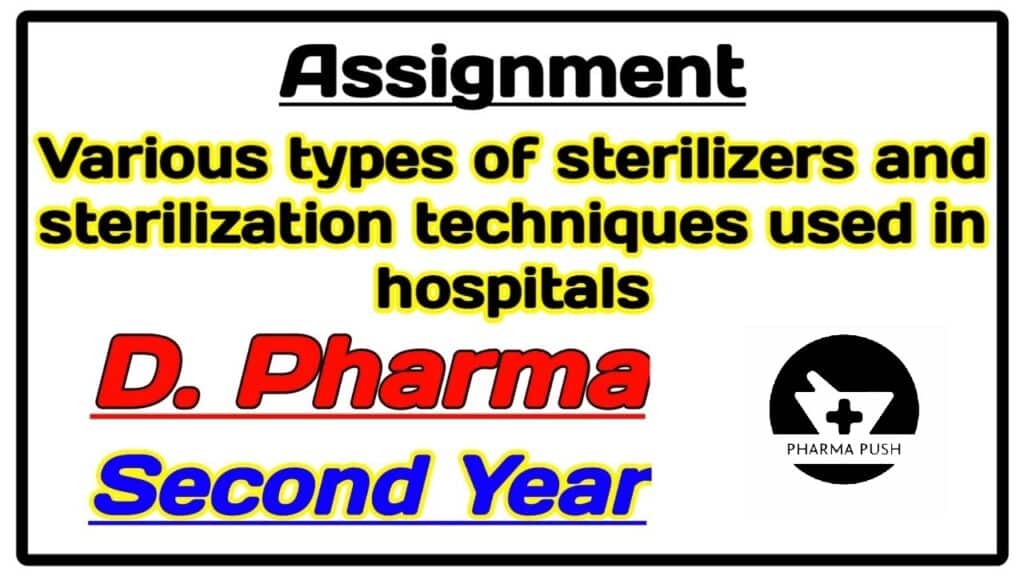Introduction
The Sterile Processing Department (Central Supply, or Sterile Supply as it is also known), comprises that service within the hospital in which medical/surgical supplies and equipment, both sterile and nonsterile, are cleaned, prepared, processed, stored, and issued for patient care. It is a Service, with in the hospital, catering for the sterile supplies to all departments , both to specialized units, general wards and OPDs.
Until the 1940s, medical/surgical supplies were, for the most part, processed and maintained in the departments and patient care areas in which they were to be used. Under this system, there was considerable duplication of effort and equipment, and it was difficult to maintain consistently high standards for sterilization technique and product quality throughout the health care facility.
As the number and variety of surgical procedures grew and the types of medical devices, equipment, and supplies proliferated, it became apparent that a centralized processing was needed for efficiency, economy, and patient safety. The work of scientists W.B. Underwood and J.J Perkins (3) was instrumental in encouraging health care facilities to establish a separate and distinct department, the Sterile Processing Department, with specialized expertise and direct responsibility for providing clean and sterile medical/surgical supplies and equipment to patient care areas.
Functions
The Central Sterile Supply Department (CSSD) plays a crucial role in ensuring patient safety and infection control within healthcare facilities. Its primary functions include:
- Sterilization of Medical Equipment: CSSD is responsible for sterilizing and disinfecting all medical instruments, devices, and equipment used throughout the hospital or healthcare facility. This includes surgical instruments, trays, linens, and other reusable medical items.
- Inventory Management: CSSD manages the inventory of sterile supplies, ensuring that healthcare providers have access to the necessary equipment and materials for patient care. This involves tracking stock levels, ordering supplies, and maintaining appropriate storage conditions.
- Quality Control and Assurance: CSSD implements quality control measures to ensure that sterilization processes meet regulatory standards and guidelines. This includes monitoring sterilization equipment, performing regular testing of sterilization cycles, and maintaining accurate records of sterilization activities.
- Infection Control: CSSD plays a critical role in preventing healthcare-associated infections by ensuring that medical equipment and instruments are properly sterilized and free from pathogens. By maintaining strict sterilization protocols, CSSD helps minimize the risk of cross-contamination and infection transmission within healthcare settings.
- Education and Training: CSSD staff are trained in proper sterilization techniques, infection control practices, and safety protocols. They may also provide education and training to healthcare providers on the proper handling and care of sterile supplies and equipment.
- Instrument Processing and Assembly: CSSD staff are responsible for cleaning, inspecting, assembling, and packaging surgical instruments and trays for use in surgical procedures. This ensures that surgical instruments are prepared and organized according to the specific needs of each procedure.
- Equipment Maintenance and Repair: CSSD may be responsible for maintaining and repairing sterilization equipment and instruments to ensure optimal performance and reliability.
The Central Sterile Supply Department plays a vital role in maintaining the safety and effectiveness of medical equipment, preventing infections, and supporting high-quality patient care within healthcare facilities.
You May Like: Role and responsibilities of a pharmacist in public hospital in rural parts of the country
You May Like: Measures to be taken in hospitals to minimize Antimicrobial Resistance
You May like: Measures to be taken in hospitals to minimize Antimicrobial Resistance
You May like: Total Parenteral Nutrition and IV admixtures and their compatibility issues
You May like: Concept of electronic health records
PLANNING of CSSD
- The materials/ items from contaminated and sterile areas should not get mixed.
- There should be physical barrier between clean and dirty areas.
- The floor should be smooth, impervious, non skid and robust.
- Relative humidity should be maintained at 45±5 %
- The clean area should be maintained at positive pressures.
- The minimum ventilation rate should be 6-10 air changes / hour.
- The work area should be made of marble / granite/stainless steel.
- The sterilization must be planned for autoclaving by steam as well as by gas.
| Serial | Beds available | Floor space required for CSSD |
| 1. | 75-99 | 10 sq feet per bed |
| 2. | 100-149 | 9 sq feet per bed |
| 3. | 150-199 | 8.5 sq feet per bed |
| 4. | 200-249 | 8 sq feet per bed |
| 5. | 250-299 | 7.5 sq feet per bed |
| 6. | 300 or More | 7 sq feet per bed |
In most healthcare facilities, the Central Sterile Supply Department (CSSD) plays a key role in providing the items required to deliver quality patient care. A well planned, well managed and well staffed CSSD can ensure an infection free environment of hospital and save
valuable life and money.
Decontamination Process
Decontamination is the physical or chemical process that renders an inanimate object that may be contaminated with harmful microbial life safe for further handling. The objective of decontamination is to protect the preparation and package workers who come in contact with medical devices after the decontamination process from contracting diseases caused by microorganisms on those devices.
Steps in the Decontamination Process
- Transport – Used supplies and equipment should be collected and taken to the Decontamination Area in the Sterile Processing Department in a way that avoids contamination of personnel or any area of the hospital. Equipment should be covered and supplies should be moved in covered carts, closed totes or containers, or closed plastic bags.
- Attire – Personnel working in the decontamination area should wear protective clothing, which includes a scrub uniform covered by a moisture-resistant barrier, shoe covers, rubber or plastic gloves, and a hair covering. During manual cleaning processes, when splashing can occur, safety goggles and a face mask should be worn.
- Sorting – sorting begins at the point of use. Handling of contaminated items should be minimized unless the user of the device is already wearing full personal protective attire, such as following care in the operating room. In areas where workers are wearing no or minimal protective attire, sorting should consist only of removing disposable sharps and discarding other single-use items.
- Soaking – this is necessary only if you have lumens or other complex designs that are filled with debris or if the devices are very bloody and cannot be rinsed or wiped at the point of use.
- Detergent – should be compatible with the materials in the device and suited for the type of soil. Consult the recommendations from the device manufacturer.
- Equipment – many types of cleaning equipment are available, the most commonly used are:
- Washer/decontaminator – the washer/decontaminator is used to clean heat-tolerant items. The cycle consists of several washes and rinses, followed by a steam sterilization cycle appropriate for the types of items contained in the load. Although subjected to a cycle designed to sterilize clean items, items processed in a washer/decontaminator should not be assumed to be sterile at the end of the process. The reason for this is that items enter the washer/decontaminator with an unknown, but probably very high, level of microbial contamination, which the sterilization cycle may not be able to completely destroy.
- Ultrasonic – the ultrasonic washer is used to remove fine soil from surgical instruments after manual cleaning and before sterilization. The equipment works by converting high-frequency sound waves into mechanical vibrations that free soil from the surface of instruments. The high-frequency energy causes microscopic bubbles to form on the surface of the instruments and as the bubbles implode, minute vacuum areas are created, drawing out the tiniest particles of debris from the crevices of the instruments. This process is called cavitation.
- Inspection – after cleaning, all instruments should undergo inspection before being packaged for reuse or storage. Box locks, serrations, and crevices should be critically inspected for cleanliness.Instruments with cutting edges such as scissors, rongeurs, chisels, curettes, etc., should be checked for sharpness. There should be no dull spots, chips, or dents.Hinged instruments such as clamps and forceps should be checked for stiffness and alignment of jaws and teeth. Tips should be properly aligned, jaws should meet perfectly, and joints should move easily. Ratchets should close easily and hold firmly. Any instruments with pins or screws should be inspected to make sure they are intact. Plated instruments should be checked to make sure there are no chips, worn spots, or sharp edges. Worn spots can rust during autoclaving. Chipped plating can harbor soil and damage tissue and rubber gloves. If any problems are noticed during the inspection process, these instruments should be either cleaned again, or sent for repair depending on the problem observed.
Sterilization Process
Bacterial spores are the most resistant of all living organisms because of their capacity to withstand external destructive agents. Although the physical or chemical process by which all pathogenic and nonpathogenic microorganisms, including spores, are destroyed is not absolute, supplies and equipment are considered sterile when necessary conditions have been met during a sterilization process. Several methods of sterilization are commonly used in healthcare settings, each with its own advantages and limitations.
Here are some of the most common methods:
- Steam Sterilization (Autoclaving):
- Steam sterilization is one of the most widely used and effective methods of sterilization in healthcare facilities.
- It involves exposing items to high-pressure saturated steam at temperatures typically ranging from 121°C to 134°C (250°F to 273°F) for a specified period, usually around 15-30 minutes.
- Steam sterilization effectively kills microorganisms by denaturing their proteins and disrupting their cell membranes.
- It is suitable for a wide range of materials, including surgical instruments, medical devices, and heat-resistant plastics.
- Ethylene Oxide (ETO) Sterilization:
- Ethylene oxide sterilization is a low-temperature sterilization method commonly used for heat-sensitive medical devices and equipment.
- It involves exposing items to a mixture of ethylene oxide gas and other gases in a sealed chamber at controlled humidity and temperature conditions.
- Ethylene oxide penetrates packaging materials and kills microorganisms by disrupting their DNA and protein synthesis.
- The process typically requires several hours to complete and involves aeration to remove residual gas and ensure safety before items can be used.
- Hydrogen Peroxide Gas Plasma Sterilization:
- Hydrogen peroxide gas plasma sterilization is another low-temperature sterilization method suitable for heat-sensitive instruments and equipment.
- It involves exposing items to hydrogen peroxide gas in a vacuum chamber, where the gas is energized into a plasma state to enhance its sterilizing effectiveness.
- The process typically takes about 45-60 minutes and is followed by aeration to remove residual gas and by-products.
- Dry Heat Sterilization:
- Dry heat sterilization involves exposing items to high temperatures ranging from 160°C to 190°C (320°F to 375°F) for an extended period, typically 1 to 2 hours.
- It is suitable for items that are sensitive to moisture, such as powders, oils, and certain types of glassware.
- Dry heat sterilization kills microorganisms by oxidative destruction of cellular components.
- However, it may not be suitable for all materials and may require longer exposure times compared to steam sterilization.
- Radiation Sterilization (Gamma Radiation, Electron Beam):
- Radiation sterilization involves exposing items to ionizing radiation, such as gamma rays or electron beams, to kill microorganisms.
- It is commonly used for sterilizing disposable medical supplies, such as syringes, gloves, and sutures.
- Radiation sterilization does not require high temperatures and does not leave behind residues, making it suitable for heat-sensitive and plastic materials.
Each sterilization method has its own advantages, limitations, and compatibility with different types of materials and equipment. Healthcare facilities must carefully select the appropriate sterilization method based on the specific requirements of the items being sterilized and the needs of the facility. Additionally, proper validation, monitoring, and quality control are essential to ensure the effectiveness and safety of the sterilization process.


